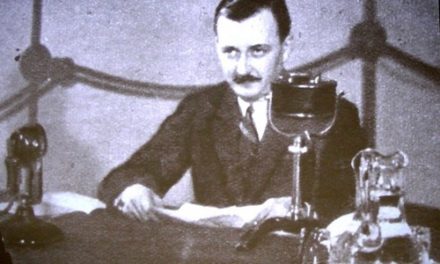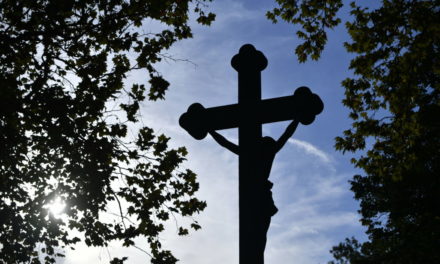Seven hundred and ninety years ago, on November 17, 1231, Saint Elizabeth II of Árpád-háza died. Daughter of King Andrew, princess of Thuringia, one of the most beloved saints of the Middle Ages.
II. The third child of András and Princess Gertrúd of Meránia was born on July 7, 1207, tradition also lists Bratislava, Sárospatak and Óbuda as his birthplace. Among his many brothers, the best known is IV. Béla, the "second state founder", who rebuilt the country after the Tatar invasion. At the age of four, Elizabeth was betrothed to the eldest son of Margrave Hermann I of Thuringia, from then on she was raised in Eisenach and then in Wartburg under the Margrave's personal supervision.
Everyone here liked her, except for her future mother-in-law, who complained that Erzsébet was not willing to learn to walk as a toddler and her favorite pastime remained riding.
When her ailing fiance died, after some political back-and-forth, she became engaged to his younger brother named Lajos - also Erzsébet's favorite childhood playmate. The wedding took place in 1221, and three children were born from the happy marriage in a few years. Breaking all custom, the young woman in love sat next to her beloved husband at feasts, accompanied him on hunting trips, receptions, and sometimes even stared at him in church. The family visited Bratislava in 1222, when Elizabeth learned about the circumstances of her mother's murder (known from the drama Bánk bán).
Ever since she was a little girl, Erzsébet led a penitential lifestyle, often fasting, flogging herself, and wearing a penitential belt.
After the birth of her first child, her vigils and fasts became more and more frequent, she opened a shelter for children and devoted more and more attention to the poor. In gratitude for the birth of her second child, she founded a hospital where she herself took part in patient care.
When Louis went to war in 1225, he entrusted the administration of the province to his wife. When a famine broke out, Elizabeth distributed almost the entire food stock of the castle among the poor, which her family members considered a waste, but Louis approved her decisions. Her husband had to go on a long journey again in 1227, II. As a vassal of Emperor Frederick, he participated in his crusade. Erzsébet tried in vain to get her to stay, but from the day her husband left, she only wore mourning clothes. Her bad suspicions were confirmed: Lajos died on the way, and she was no longer able to see her third child, born two days later.
From then on, the life of the barely twenty-year-old widow became a series of persecutions and humiliations. Unwilling to give up his son's princely rights, his in-laws stripped him of everything. The woman, who longed for poverty anyway, secretly left Wartburg, earned her living by spinning, and raised her children by selling her jewelry. Despite his vomiting, he did not return home to Hungary, and was expelled from WWII. Emperor Frederick as well.
the entire article here.
Source: MTI/Vasarnap













